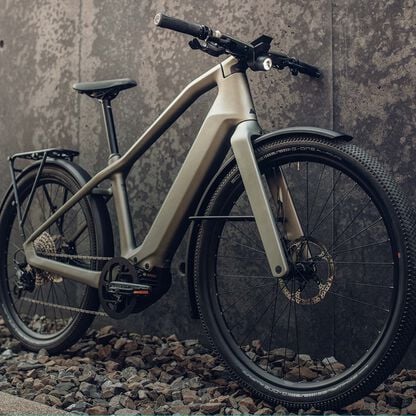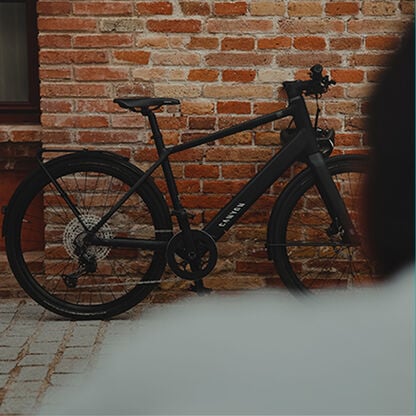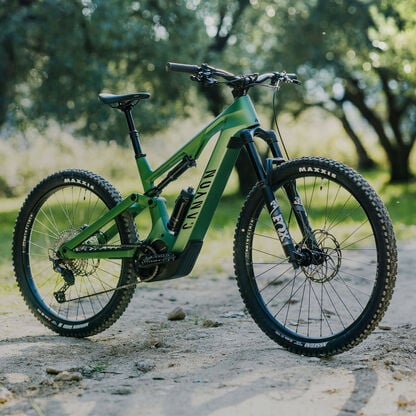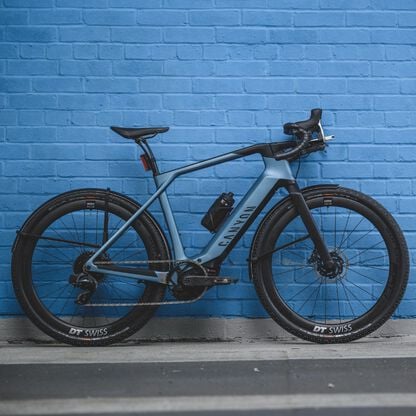How fast is an e-bike?
At a federal level, the speed limit for an electric bike is 20 miles per hour using motor power alone. This increases to 28mph for motor-assist e-bike while the rider is pedaling.

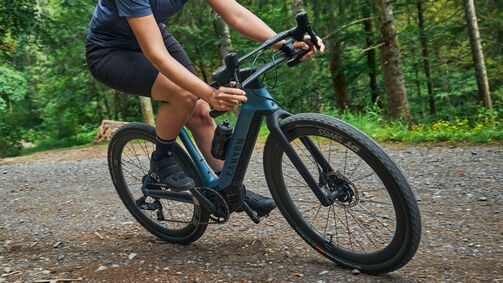
Contents
The US broadly adopts a three-class system when it comes to categorizing e-bikes. Within each one there is a top speed and a stipulation of whether the motor can run independently of rider input (pedaling) is determined.
These days, a well-engineered electric bike can reach considerable top speeds. However, classification and legislation play a critical role in dictating maximum e-bike speed, as well as the level of assistance from the motor. Though all the regulation might seem daunting, it's there for your safety and that of other road users.
If you are trying to decide which e-bike is best for you, overall speed is often not the most important factor. Check out our comprehensive e-bike buyer’s guide to learn more.
E-bike class types in the US
The US broadly adopts a three-class system when it comes to categorizing e-bikes. Each class determines both an electric bike’s top speed and whether the motor can run independently of rider input (pedaling). The typical range (the distance covered on a single battery charge) of an e-bike also depends on its assigned class. Other factors, however, such as motor type, rider input, rider weight, bike weight, tire pressure, the type of terrain you’re riding on, and even wind conditions, can all affect a bike’s potential range. Canyon’s product offering includes e-bikes of varying classes and designs, so you can find the bike that’s best suited to your needs.
Class 1
Class 1 e-bikes feature motor-assistance only while the rider is pedaling. Once the electric bicycle speed reaches 20mph, the motor stops providing assistance and restarts only when the bike drops below that speed. A typical range of a class 1 e-bike is about 50 miles with pedal assist, although this can vary depending on the factors mentioned above.
Class 2
Class 2 motors also cease to provide assistance once the cyclist exceeds 20mph. Unlike class 1, these e-bikes are equipped with a throttle which allows the electric bike to reach its speed limit without any pedal-assistance from the rider. The average range of a class 2 bike also lies in the region of 50 miles per hour.
Class 3
Like class 1, these e-bikes are pedal assist only and the motor will not exclusively power the bike without rider input. The main difference is that a class 3 electric bike speed limit (with motor assist) is 28mph. This class of e-bike is required to be equipped with a speedometer and on average, has a slightly higher range of 60 miles – although this can again vary depending on certain factors.
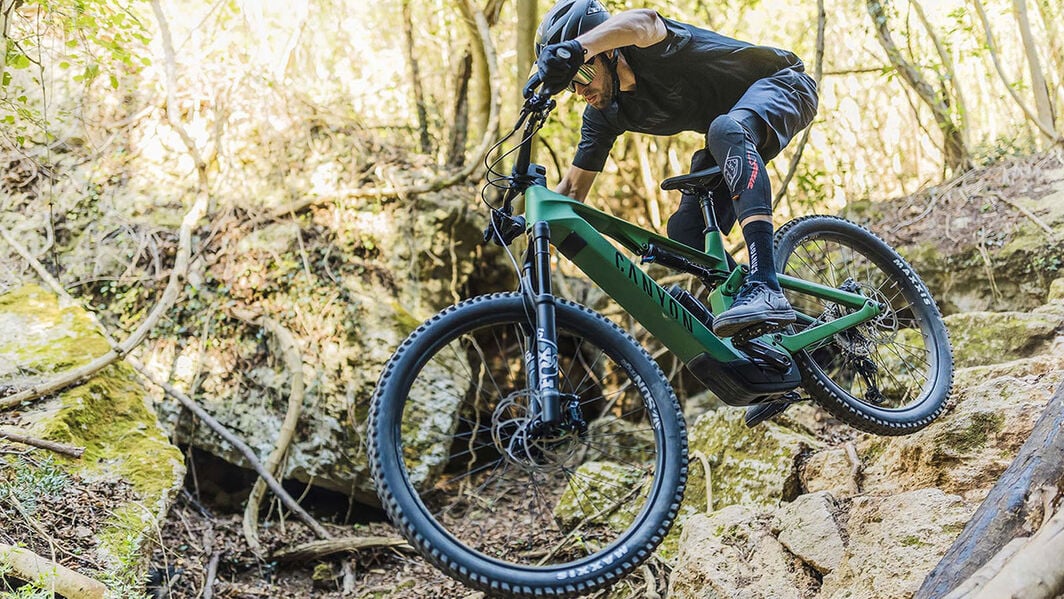
What influences overall e-bike speed?
While the most obvious answer is motor size, determining an e-bike’s overall speed is not that straightforward. Depending on battery level and the class of e-bike you have, you should always be able to reach the maximum speed that the motor is designed to assist you to (20mph for class 1 and 2 e-bikes or 28mph for class 3). Beyond that, rider input is key and will greatly influence the speeds you achieve above the bike’s maximum motor-assisted speed.
Motor power
Most e-bikes feature a motor between 250-750w. It is possible to find e-bikes outfitted with up to 1000w motors and even beyond. However, many states cap the max permissible power of an e-bike at 750w, anything higher is classed as a different vehicle.
When considering the question ‘how fast do e-bikes go?’, the answer is more complicated than a bigger motor = going faster. Many e-bikes are more than capable of exceeding the legal speed limit. However, the motor is designed to cut out automatically once a certain speed is reached (20mph or 28mph) to remain compliant with their classification level.
Although an e-bike (class 3) cannot exceed 28mph with motor assist, a higher power motor may be suitable if you plan to take your journeys off the beaten track, since an off-road mountain bike will require more power than a city bike to achieve similar speeds.
Rider input
One factor that is often overlooked when considering how fast an e-bike goes is rider input. Unless you opt for a class 2 e-bike and intend to never exceed 20mph or use the pedals, then your cycling ability will have an impact on overall speed.
An elite cyclist can maintain 350w of power and an average speed of 25-28mph over flat terrain. However, it is difficult to ascertain the power output of the average rider as it is highly dependent on several factors including total weight, strength, and experience level. Though, even a new rider can hope to achieve speeds of 10-15mph and a power output >200w with limited training and without motor assistance.
All in all, do not underestimate the power of the rider to influence an e-bike’s speed. This is of course good news if you are looking for a transportation option that will assist your physical output rather than make it redundant.
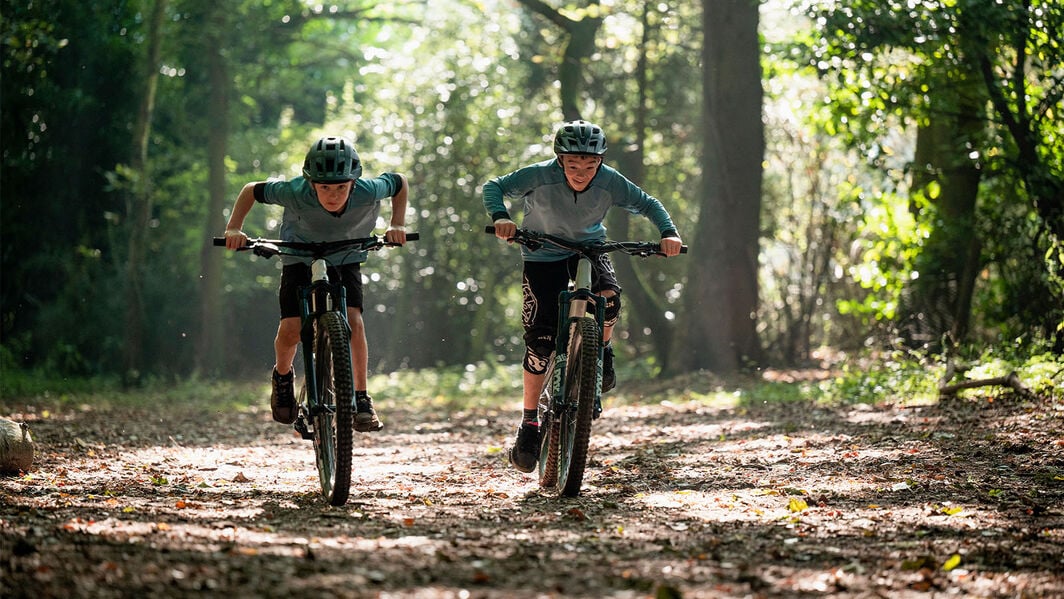
Canyon E-bikes
Canyon e-bikes are designed for everyone. For the cyclists that want to escape the traffic jam, push their performance to the next level, or blur the lines between road and track. Discover the full collection here:
E-City Bikes
Conquer the urban jungle with city e-bikes from Canyon, designed specifically to overcome the challenges of city living.
Comfort, safety, and handling are all prioritized to ensure you get from A to B on time and without breaking a sweat. A reliable mid-mounted motor gives your e-bike a top assisted speed of 15mph, chosen to help you maneuver the stop-start nature of city commuting with ease. Each e-bike weighs between 35-50 lbs., making them some of the most lightweight models on the market.
E-Mountain Bikes
From cross-country jaunts to downhill thrill seeking, take your passion to the next level with a proven injection of power.
Rugged and reliable under pressure. Designed to get you over that next ridge without dulling the challenge. Some of our e-MTBs feature a powerful pedal-assist Shimano drive system capable of quadrupling your power output while offering the same tactile control as a traditional MTB. Combine that with best-in-class components offering maximum stopping power and comfort under the most arduous conditions and you are ready to traverse the paths least traveled.
E-Gravel Bikes
Open the door to countless new opportunities. The E-Gravel Bike takes you from smooth asphalt to cobblestone and up into the dirt trails for a life without boundaries.
Whether traveling to and from work or leaving the commute behind entirely, trust in a superior performance of an e-gravel bike, no matter the terrain. The Bosch Performance Line Speed drive system remains lightweight and compact while delivering rapid-acceleration and incline-busting torque. Each gravel e-bike features a top motor speed of 28mph to get you wherever you need to go, fast.
Discover our Electric Bikes
Did this article help?
Thank you for your feedback
